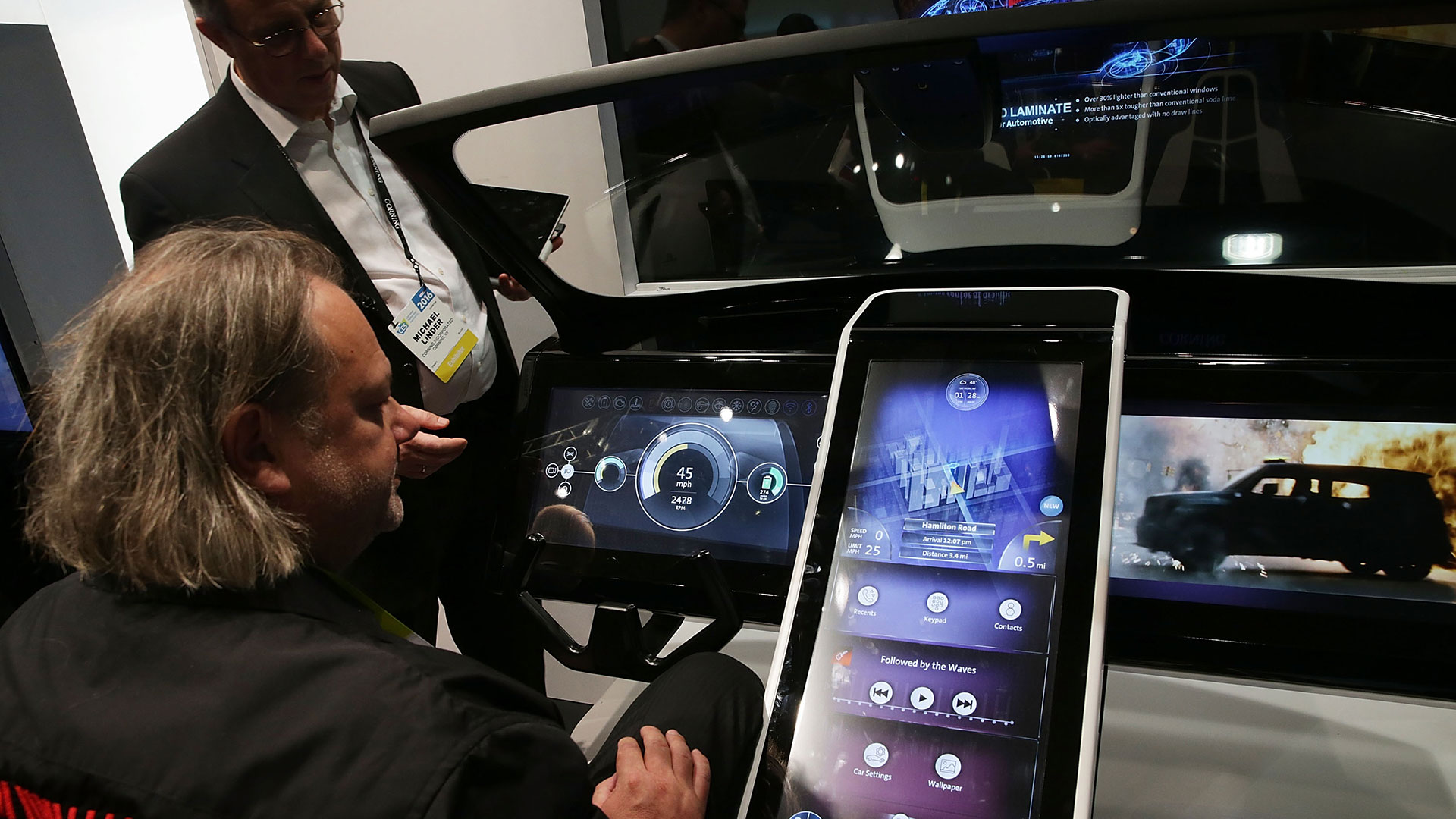

This week’s Consumer Electronics Show showcased a ton of new technology that could make its way into your life—sometimes, in ways you might not like. As it turns out, your futuristic windshield could be home to advertisements before you know it.
According to a Bloomberg interview with Corning chief technology officer Jeff Evenson, “[Windshield ads] could be here in less than two years.”
Using the same type of glass found in your iPhone—Gorilla Glass, which is made by Corning—the technology will be able to display helpful suggestions along the route, such gas stations, restaurants, and other location-based ads. Waze and TripAdvisor do this currently, yet they remain behind your phone’s own Gorilla Glass screen; this new tech, however, would spray it onto the windshield infant of you.
The way it works is fairly simple (although it relies on the widespread acceptance and adoption of connected car technology—something that, while striding quickly towards reality, is still some years away). After your car learns your buying habits, the windshield essentially becomes a place for advertisers to stick information they believe will be pertinent and helpful to the preferred consumer: you.
It may seem futuristic, but it isn’t as far-off as you think. Some cars today have a heads-up display—BMWs, Corvettes, even Hyundais—but those only display simple data, like directional signs and speed. A much bigger display featuring augmented reality will be a significant step into the future of auto-based user design, and allow advertisers room to market their wares.
But if you feel a bit concerned about safety—you might consider it, since your entire windshield will essentially act as a mobile billboard, under the guise of helpful augmented reality—don’t worry. Experts say that a heads-up display is safer than turning your eyes away from the road to look at a standard console-based screen.
And according to McKinsey & Company, this is a huge opportunity to rake in some serious cash. The consulting firm estimates auto-based mobile services will generate a whopping $1.5 trillion by 2030.